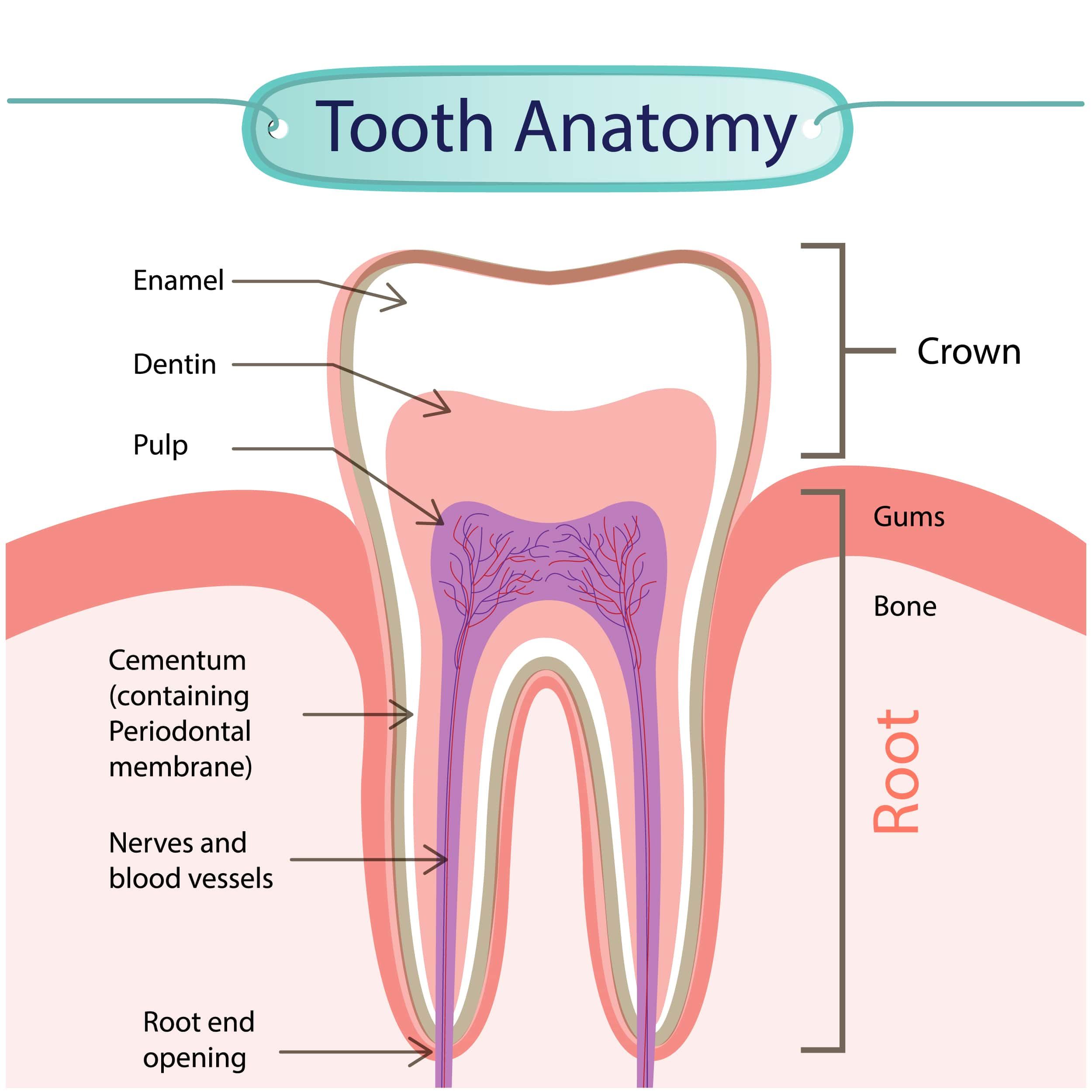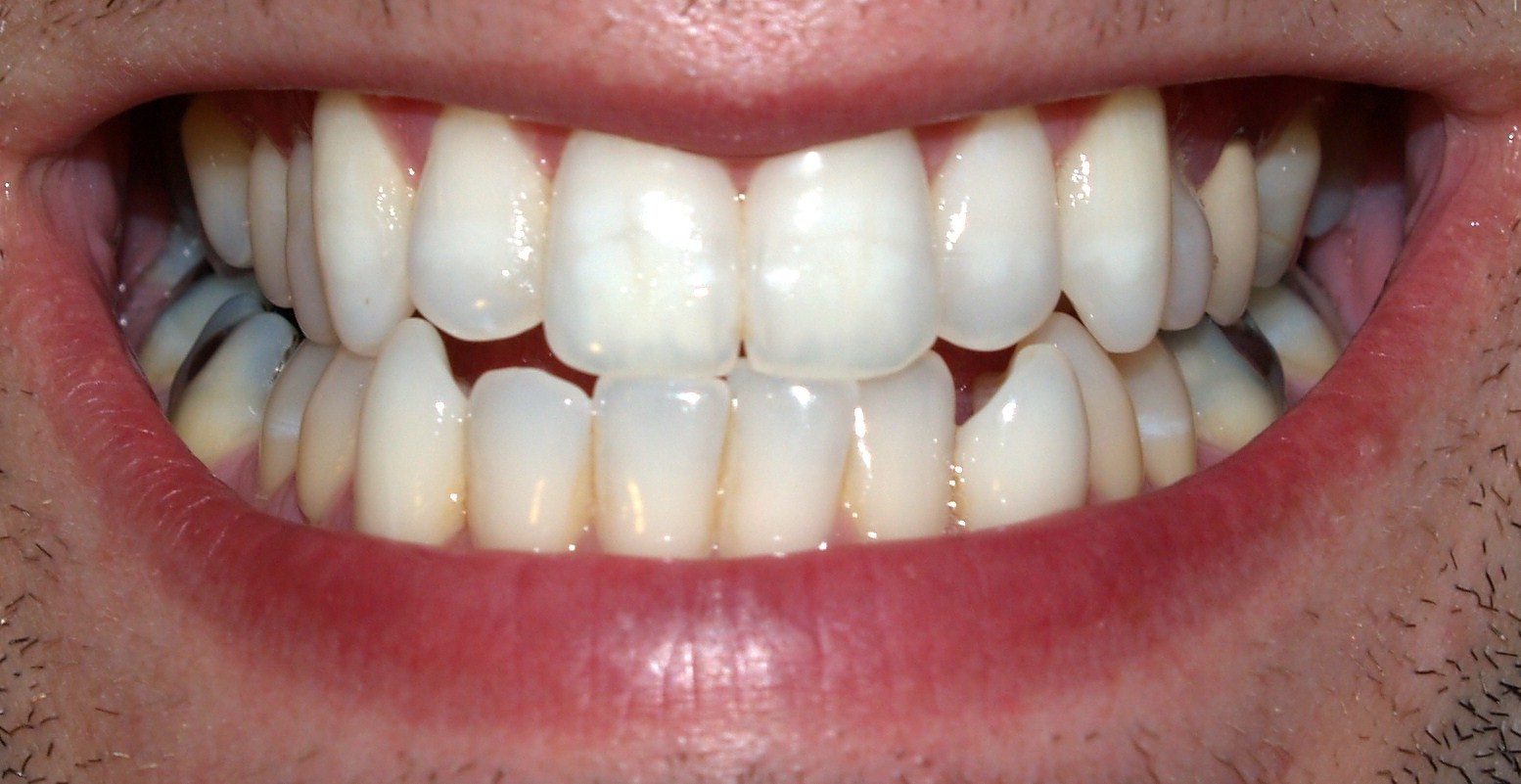Teeth Corn - Your Bite's Unsung Heroes
It's almost like we take them for granted, but those pearly whites sitting in our mouths are actually pretty amazing. Think about it: from that first bite of breakfast to your last snack of the day, your teeth are working tirelessly, playing a truly big part in how you experience the world around you. They're more than just tools for eating; they're key players in how we communicate and even how our faces look.
You know, these important parts of our body are built with lots of different materials, some softer and some incredibly tough. They're designed to handle all sorts of jobs, from gently biting into something soft to really working over a tougher piece of food. It's a pretty neat setup, if you ask me, with each tooth having its own special role to play in the whole process.
So, understanding a little more about these incredible structures can give us a fresh appreciation for them. It's not just about keeping them clean; it's about knowing what makes them tick and why they're so good at what they do. They are, in a way, truly unsung heroes of our daily lives, making sure we can enjoy every meal and speak clearly.
Table of Contents
- What Makes Our Teeth So Special?
- How Many Teeth Do We Really Have?
- Are All Teeth The Same?
- Why Do We Have Two Sets of Teeth?
- How Do We Keep Track of Our Teeth?
- What About Those Baby Teeth?
- What Are Teeth For, Anyway?
- The Unseen Divisions of Our Mouth
What Makes Our Teeth So Special?
Our teeth are, actually, quite extraordinary structures. They're not just solid blocks; instead, they're put together from a few distinct kinds of materials, each with its own particular feel and level of toughness. This combination of different parts makes them incredibly good at handling all the stress and pressure they go through every single day. It’s like they're built to last, you know?
The Inner Workings of Your Teeth Corn
Every single tooth has four main layers of these special materials, working together to keep it strong and healthy. On the very outside, there’s enamel, which is a really tough covering. It's pretty much the strongest substance our bodies make, offering a great deal of protection for everything inside. Then, just beneath that tough outer shell, you'll find dentin, which is a bit softer but still provides a lot of the tooth's bulk and feel. Deeper still, there's cementum, which helps hold the tooth in place. And right at the heart, the soft middle bit, is the pulp. This inner part is super important because it brings all the vital food and nourishment your tooth needs to stay alive and well. So, basically, these layers are like a team, each doing its part for your teeth corn.
How Many Teeth Do We Really Have?
When we talk about the number of teeth people have, it turns out most grown-ups end up with a full set of thirty-two. That's a lot of little tools in there, isn't it? However, it's pretty common for that number to vary a little bit. Some folks might have a few more, while others might have a couple fewer, and that's perfectly normal. It just goes to show that everyone's mouth is a little bit unique, in a way.
Counting Your Teeth Corn
These sturdy little structures, found in our mouths and along our jawbones, are truly important. They are, in essence, the hard, strong bits that help us with so many everyday tasks. Whether it's taking a bite, breaking down food, or even for self-protection, these structures are always ready for action. So, when you consider your teeth corn, remember there's a whole crew of them in there, usually thirty-two, ready to get to work.
Are All Teeth The Same?
It might seem like all teeth are just for chewing, but actually, they come in a few different styles, and each style has its own particular job. Think of them like different tools in a toolbox, each one suited for a specific task. This variety is what makes our mouths so good at handling all sorts of food, from crunchy vegetables to tender meats. So, no, they're definitely not all the same, you know?
Different Roles for Different Teeth Corn
There are, in fact, four main kinds of teeth in your mouth, and each kind plays a very important part in how you eat, drink, and even how you speak. First, you have your incisors, which are those flatter, sharper teeth right at the front. They're really good for taking a piece out of something, like when you bite into an apple. Then come the canines, which are the pointy ones. They're great for gripping and tearing food. After that, you've got the premolars, sometimes called bicuspids, which are behind the canines. They're a bit flatter and have a couple of points, making them good for crushing food. Finally, at the very back, are your molars, the biggest and flattest ones. These are the main workhorses for really mashing up your meal before you swallow it. Each one of these types of teeth corn has its own special purpose, making your whole mouth work well together.
Why Do We Have Two Sets of Teeth?
Humans, like most other creatures with backbones, are pretty special because we get to grow two full sets of teeth during our lives. It’s like getting a practice round before the real game, isn't it? This process is a pretty neat trick of nature, making sure we have the right kind of teeth at the right stage of our growth. It's a system that works out pretty well for us, as a matter of fact.
The Double Set of Teeth Corn
Our human teeth are, in some respects, quite remarkable because they appear twice over a lifespan. First, there are those tiny baby teeth, which are just right for little mouths learning to eat. Then, as we grow bigger, those baby teeth make way for a much stronger, permanent set. This second set is much more suited for the eating needs of a grown-up. These structures are also truly important for breaking down food, which is the first step in getting nourishment from what we eat. And, in a rather interesting way, they even help shape our faces, giving them structure and form. So, having two sets of teeth corn is a pretty big deal for us.
How Do We Keep Track of Our Teeth?
Keeping tabs on all those teeth can seem a little tricky, especially when you consider how many there are and how they're all arranged. But, actually, there's a really simple way that dental professionals use to make sense of it all. It helps them talk about specific teeth without getting confused, which is pretty handy when you're at the dentist, you know?
Mapping Your Teeth Corn
There's a simple picture, kind of like a diagram, that shows all your teeth with their names, numbers, and what kind of tooth they are. This is often called a teeth chart. What's cool is that there are separate versions of these charts for grown-ups and for little ones, because, as we talked about, the number and types of teeth can be different. This chart helps everyone involved quickly identify any particular tooth, making it much easier to discuss your teeth corn and any care they might need.
What About Those Baby Teeth?
Before the grown-up teeth come in, there's that first set, often called baby teeth or primary teeth. These little ones are just as important in their own way, helping kids learn to eat and speak. They're not just placeholders; they have their own specific job to do, and they're pretty good at it too. It's a vital stage in our dental story, in a way.
Early Stages of Teeth Corn
Interestingly, when it comes to those first teeth, the baby ones, you won't find all four types of teeth that adults have. The main difference is that little ones don't have premolars in their first set. They have incisors, canines, and molars, but those bicuspids, or premolars, don't show up until the permanent teeth start to come through. This makes sense, as a baby's eating needs are different from an adult's. So, the early stages of your teeth corn are a bit simpler in terms of tooth types.
What Are Teeth For, Anyway?
When you really think about it, our teeth do a whole lot more than just look nice when we smile. They're constantly at work, performing a bunch of different jobs that are pretty essential to our daily lives. From the moment we wake up to the time we go to sleep, they're playing a big part in how we interact with the world, basically.
The Many Jobs of Teeth Corn
Our teeth are used for a few really important things. First off, they're for getting and working over our food. This means everything from taking a piece out of something to thoroughly breaking it down so it's easier to swallow and digest. They're also, in some cases, used for protection. And, quite importantly, human teeth help us speak clearly, shaping the sounds we make. So, whether it's biting, chewing, or helping us talk, your teeth corn have a lot on their plate, literally!
The Unseen Divisions of Our Mouth
When dentists look at your mouth, they don't just see a jumble of teeth. They actually see a very organized space, divided into specific sections. This way of looking at things helps them keep track of everything and makes it easier to talk about where a problem might be, or which tooth needs attention. It's a pretty practical system, you know?
Quadrants of Teeth Corn
Typically, the teeth inside your mouth are divided into four main sections, often called quadrants. Imagine a line going straight across between your top and bottom teeth, and another line going straight down the middle of your face. These two imaginary lines split your mouth into four distinct areas: top right, top left, bottom right, and bottom left. This division helps dental professionals keep things organized when they're looking at your teeth corn, making it simpler to identify specific areas and any issues that might arise.

The Anatomy of Your Teeth

Human teeth - wikidoc

Four Different Types of Teeth and Their Function | Shervin M. Louie, DDS